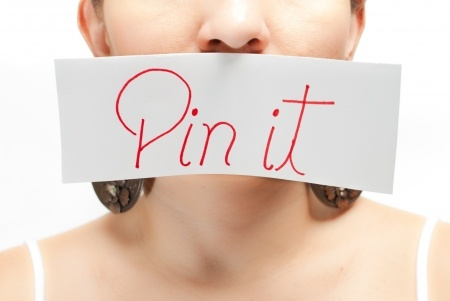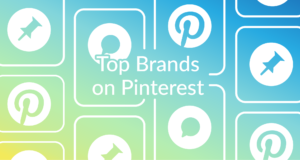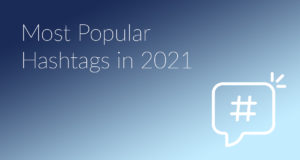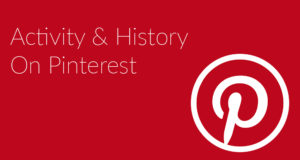A few weeks ago, we discussed how Pinterest may not be doing so well as a social-media giant when it comes to getting people to interact with you. While those numbers remain regarding post-click engagement, the truth is that Pinterest is second only to Facebook in terms of referral clicks.
Now, it is true that we need that engagement after clicking, yes. However, it may be that we just need to examine innovative ideas as to how to get that engagement rather than writing off the entire platform. After all, you’re getting the clicks, which is the platform’s responsibility. It’s up to you to inspire the engagement.
Realize Who You’re Marketing To
Pinterest users are mostly women in their late 20s to early 40s. Indeed, 80 percent of Pinterest’s 70 million users are women. These are women with widely versatile interests. Some are there primarily for health and fitness pins, but come across a few DIY home tips they like as well. Others come to Pinterest looking for craft and quilting tips, but also create boards for gardening and Broadway musicals.
The point is, you’re not going to pinpoint exactly what makes a Pinterest user tick, even among what you know to be your target audience. Pinterest became as successful as it did because users can organize all of their varied interests into one place, whether it’s cute little quotes or tips on task management solutions. Your Pinterest marketing strategy cannot be the same as your Facebook marketing strategy because you simply do not have the same kind of precise targeting.
Revamp Your Strategy
While this revelation may seem like an insurmountable fact to overcome, there are still things you can do to encourage greater interaction. Realize that Pinterest users are highly visible people. If they pin an image, they don’t want to wade through 400 words of writing, no matter how clever, to get to the point of the image they pinned. That is what hinders interaction.
If you want to get Pinterest users to spend more time on your site, then you’ve got to put the meat out first thing — no fancy appetizers. If you’re writing a tips article, don’t spend forever building up to the tips. Write a one- to two-sentence introduction and then get on with it. Make it very clear where the tips start by using bold fonts or bullet points, and make sure this information can be seen the minute the page loads. If it’s a recipe, put the ingredients list and instructions front and center. You can write all you want after the instructions, but don’t make Pinterest users search for the main point because they usually won’t.
Now, you obviously cannot rewrite all of your existing posts to adhere to this format, and you don’t necessarily want to write all of your future posts this way either. What you do want is to incorporate this type of format into your existing style for posts that make good candidates for Pinterest marketing.
Accepting the Reality
Because Pinterest users typically are in a hurry to do just about everything, chances are that you’re not going to get a whole lot of comments from them except in rare cases. However, they might spend more time on your site when they love your format so much that they click to see what else you have to offer.
Beyond that, you must consider the benefits of re-pins. Re-pins expose your link to potentially thousands of people who might not ever have seen them to begin with. While many of those people may not have any interest whatsoever in what you have to say, a few might.
If you’re expecting the same kind of interaction you enjoy from sites like Facebook, LinkedIn or Twitter, you’re always going to be disappointed. If, however, you can accept Pinterest for what it is, and tweak the way you post just a bit, you’re much more likely to enjoy a special kind of success that other platforms simply can’t offer.
At the End of the Day
When it comes down to it, you’ve got to decide for yourself if the potential of Pinterest marketing is worth the work that comes with it. Even if you’re not seeing great interaction, you are getting exposure, and that’s got to be worth something. Brainstorm ways you can modify your blog to appeal to the quick and visual nature of Pinterest users and try that out for a while. It can’t hurt in any sense, so what do you have to lose?
What do you think? Is Pinterest still worth pursuing or have you found more effective forms of marketing? How would you recommend redesigning blog posts for better interaction from Pinterest users? Please share your thoughts below.
About The Author
 Savannah Marie is a social media junkie, online marketing wizard and consultantfor SEOcompanyGo. Catch up with her on Twitter and Google+
Savannah Marie is a social media junkie, online marketing wizard and consultantfor SEOcompanyGo. Catch up with her on Twitter and Google+
 Social Media Data Insights & Resources for Social Media
Social Media Data Insights & Resources for Social Media




